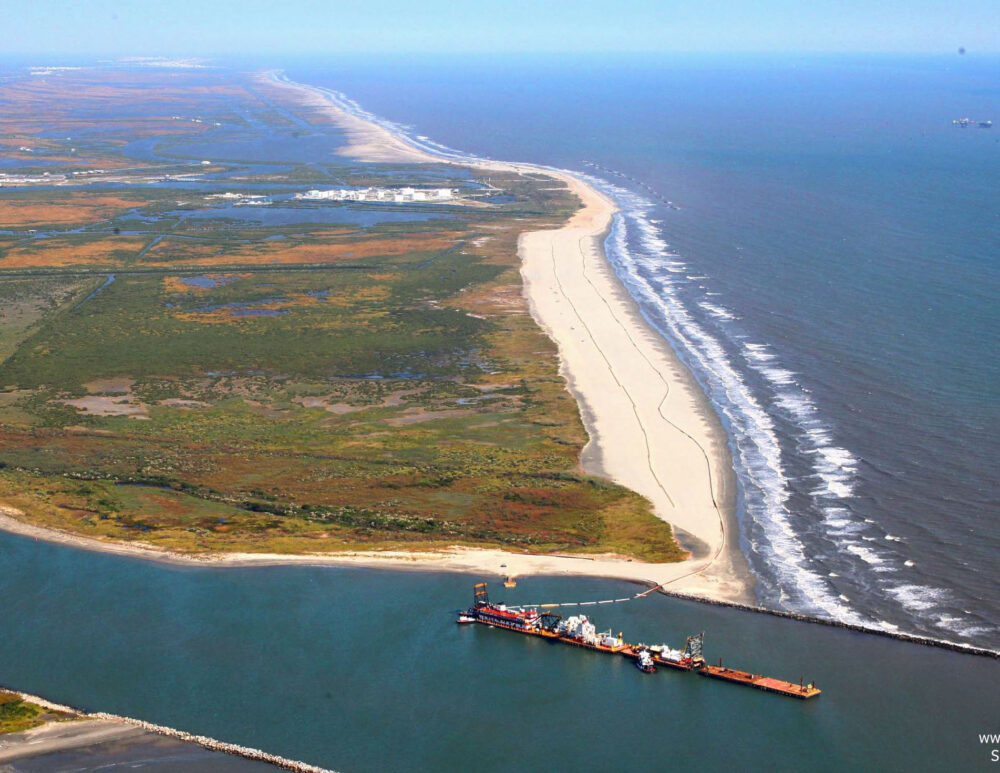We have much more to do and your continued support is needed now more than ever.
Five Clear Signs Momentum Is Growing for Snake River Salmon
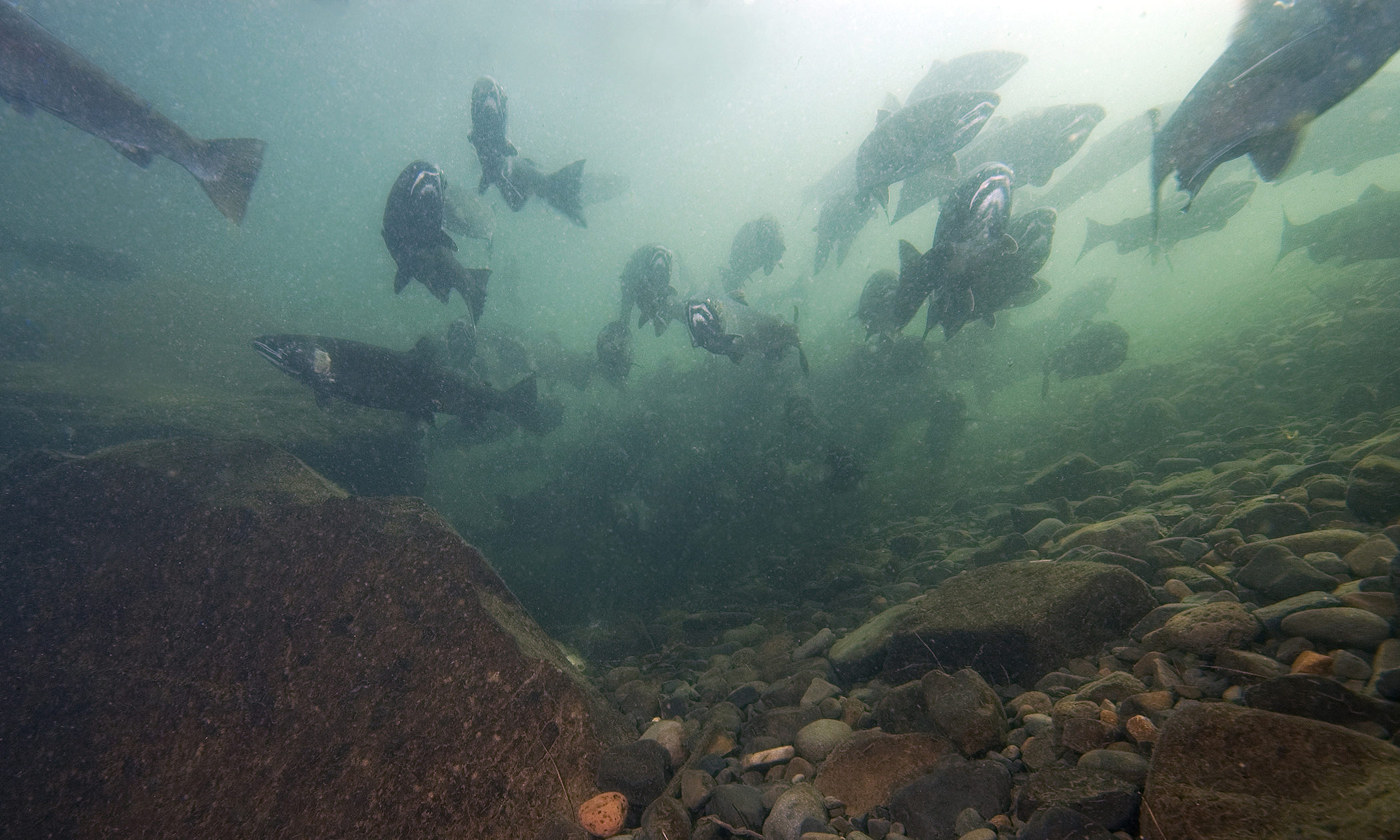
A breakthrough is near. We are closer than we’ve ever been to resolving the decades-long conflict between dams and salmon in the Pacific Northwest. Now it’s up to all of the region’s leaders to step up and support an infrastructure plan for real solutions to stop salmon extinction.
The Columbia River Basin was once one of the greatest salmon-producing river systems in the world. Due to the lower Snake River dams, these iconic fish are facing extinction. A way of life and a national treasure are at risk of disappearing forever. Preventing extinction is a matter of justice.
While the lower Snake River dams have historically played an important role in Washington’s economy, their time has come. They are aging, expensive to maintain, and they are decimating our legendary fish runs and putting our communities and the wildlife that depend on them in crisis.
The experts have weighed in. With smart investments, it’s a win-win. It’s possible to replace the services these dams provide AND bring numerous long-term benefits to Columbia River communities and wildlife—and deliver justice to Northwest Tribes. Our path is clear: It’s time to restore the Snake River. Preventing extinction is a matter of justice.
#1 The Murray-Inslee Report: A process is moving forward
Washington Senator Patty Murray and Governor Jay Inslee made a commitment: They would not let Columbia River salmon go extinct on their watch. To that end, they commissioned a report on benefit replacement for the four lower Snake River dams.
The conclusions are exciting for the entire Northwest region. Key among them: In their recommendations, Murray and Inslee state clearly:
“The status quo is not a responsible option: extinction of salmon is categorically unacceptable.”
Murray and Inslee also say that the lower Snake River dams must be breached but only after replacing their benefits.
This is exciting because it aligns all interests—Tribes, conservation groups, energy, and agriculture—and puts the entire region on better footing.
The political momentum is building
Sen. Murray has long resisted any salmon recovery plan that included removing the four dams. Yet she joined forces with Gov. Inslee and the draft report released in July makes clear that dam removal is our best chance to prevent salmon extinction.
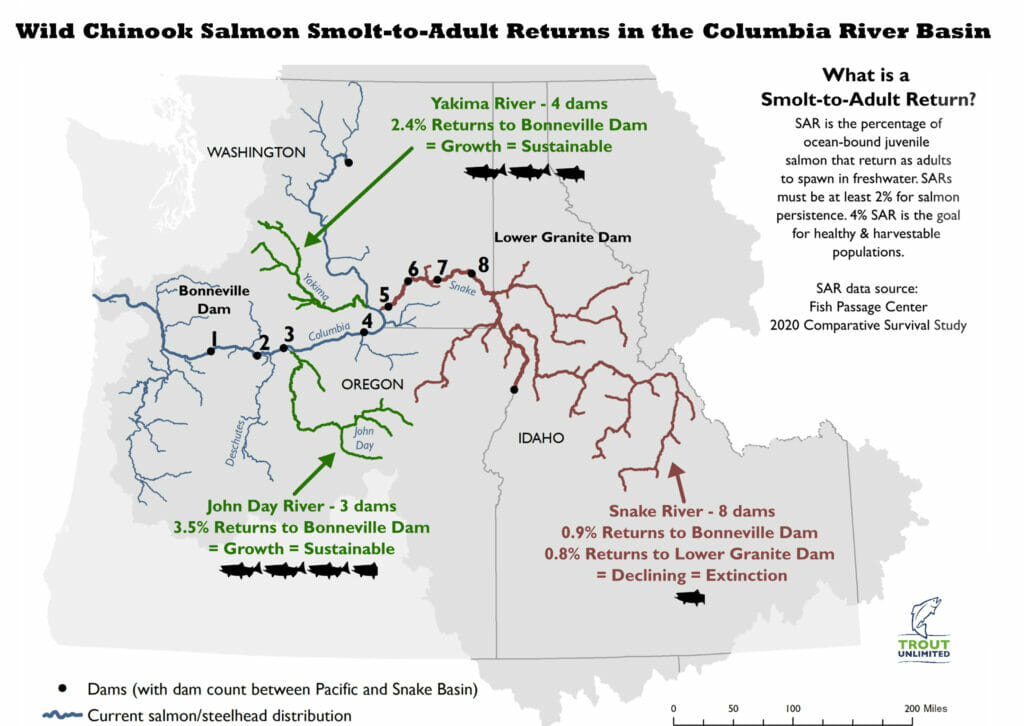
By leaning into this assessment, Sen. Murray and Gov. Inslee have taken a much-needed and courageous step toward identifying durable solutions to strengthen the Northwest economy. And dam removal must be a part of a comprehensive approach for salmon recovery.
The report is a roadmap for all of the region’s leaders. With smart investments in infrastructure upgrades, the services the four lower Snake River dams provide can be replaced. Find the report recommendations here.
But time is running out. With urgent action in Congress this year, we can prevent salmon extinction.
#2 Political alignment, across aisles and the Northwest region.
For the first time, we have an actionable commitment from leaders in three states—Washington, Oregon, and Idaho—representing both parties, and the administration. All have voiced their commitment to developing a formal comprehensive solution to stop salmon extinction.
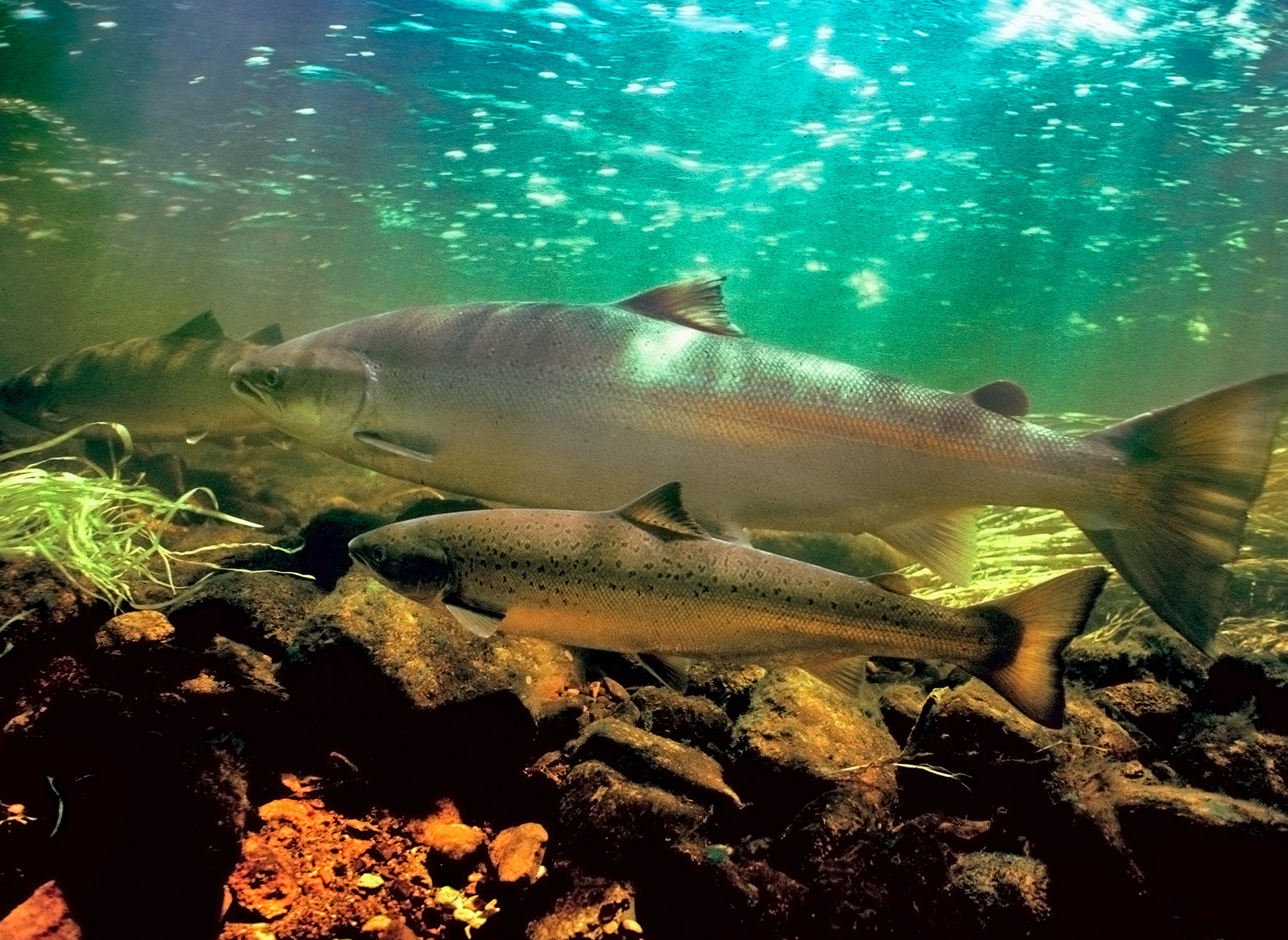
As the conversation in the Northwest to restore the Snake River continues to gain momentum, it’s gathering steam at the highest levels of government and in the Oval Office. There is good reason to expect meaningful action, as reflected in the Biden administration’s commitment to, “…a durable long-term strategy to restore salmon and other native fish populations to healthy and abundant levels, honoring federal commitments to Tribal Nations, delivering affordable and reliable clean power, and meeting the many resilience needs of stakeholders across the region.
The administration also recognizes that “[i]n the face of climate change, urgent action is needed to restore salmon and other native fish populations to healthy and abundant levels.”
There can be no doubt, restoring the lower Snake River is the way forward, for fish and for strengthening the Northwest region.
#3 Saving money as well as salmon
What happens when you do the math? As the draft Murray-Inslee report clearly outlines, keeping the dams doesn’t pencil out, and losing salmon runs is costing us dearly:
“The restoration of Columbia Basin salmon has the potential to be an opportunity for the ocean salmon troll and Columbia River commercial fisheries to regain stability as both an industry and as an important local food production system. In addition to the direct benefits of the Pacific salmon fishery, additional jobs are indirectly generated by the salmon fishing industry and occur in smaller coastal communities whose economies are heavily dependent on the fishery.”
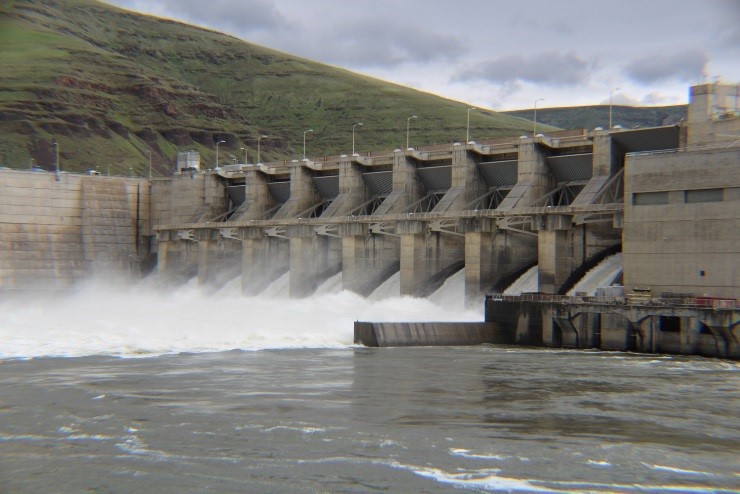
From fish ladders to juvenile fish transports and water level adjustments, we’ve poured over $26 billion dollars into trying to help salmon pour over the lower Snake River dams like they used to. We pay at least $151 million more every year on dam operations, maintenance, and capital expenditures—and as the dams age, it’s only getting more expensive. Replacing the dams’ turbines in the next decade will also cost more than $600 million.
These efforts continue to cost taxpayers as we choose workaround solutions when the truth is: salmon need a free-flowing river to thrive. By restoring salmon populations, it is projected that we could generate an additional $1 billion annually in income for Washington fishermen and support up to 25,000 more jobs. We’ll also increase commercial and subsistence fishing for Tribes.
A poll showed that widespread majorities of voters in Washington support a plan to remove the Washington lower Snake River dams to prevent salmon extinction, along with accompanying investment in agriculture, energy, and transportation. 60% support breach while only 21% strongly oppose. A majority of both Democrats and Republican voters support breach.
#4 Federal reports align: It’s time for sweeping changes
It can take time for scientific reports to align, especially at the federal level. But that’s precisely what happened in July when NOAA and the Department of Energy released their findings regarding salmon, energy, and the Columbia River Basin. The takeaway was clear:
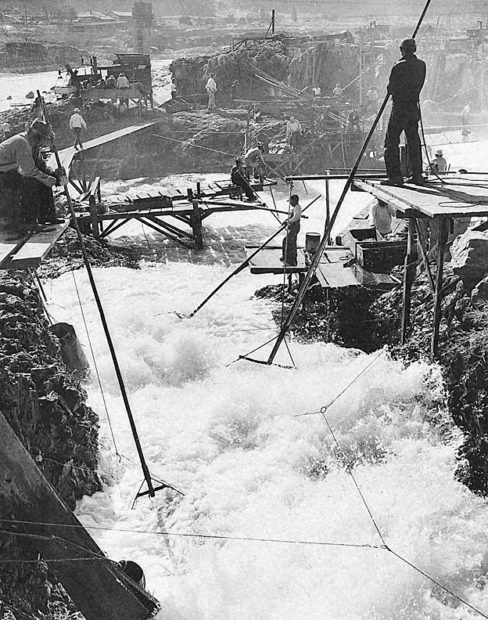
“Business as usual will not restore the health and abundance of Pacific Northwest salmon. We need a durable, inclusive, and regionally crafted long-term strategy for the management of the Columbia River Basin,” said Council of Environmental Quality Chair Brenda Mallory, who is coordinating a Federal interagency effort.
The NOAA final report confirms what state, Tribal, and independent scientists have told us for years. Northwest salmon will go extinct without an urgent plan that includes the removal of the lower Snake River dams.
“The science robustly supports process-based stream habitat restoration, dam removal (breaching), and ecosystem-based management, and overwhelmingly support acting, and acting now.” Additionally, they noted: “For Snake River stocks, it is essential that the lower Snake River be restored via dam breaching.”
The report identifies actions with the highest potential to midrange salmon abundance goals as identified by the Columbia Basin Partnership Task Force. While these goals pale in comparison to historical abundance, these mid-range abundance goals exceed the Endangered Species Act recovery thresholds for abundance and represent progress towards healthy and harvestable status of the fish stocks.
Separately, in its study to replace the lower Snake River dams, the Department of Energy report examined two scenarios that assume that emerging energy technologies become commercially available. The conclusion: replacing the energy and grid services provided by the dams is possible, and predicts costs from $11 billion to $19 billion.
Let’s go back to #3. Keeping the dams has cost more than $26 billion to date and the price will go up every year. Climate change will only escalate the crisis in the Columbia River and the costs to mitigate it. It’s time for a new portfolio of power sources. Truly clean energy that doesn’t decimate wildlife.
Northwest communities and leaders from both sides of the aisle recognize that this is the sea of change we need.
#5 Breaking the cycle of litigation to focusing on solutions
The effort to save salmon has been in the courts for more than two decades. The National Wildlife Federation, alongside Tribes, fishing groups, and other conservation organizations have challenged federal agency hydropower systems operation plans because the dams continue to put endangered salmon runs on the path toward extinction. To date, three different federal judges have declared five different federal plans illegal.
A year ago, plaintiffs took a new approach to make meaningful progress to reverse the decline of salmon runs—outside the courtroom—with a pause in litigation. An extension in the pause, just announced in early August, was inspired by commitments from the Biden administration, as noted above, for a long-term durable strategy to restore salmon and honor federal commitments to Tribal Nations.
“We are encouraged that the Biden administration has demonstrated, through its words and recent reports, a commitment to a comprehensive approach to salmon recovery, but time is of the essence. We need to restore the river so we can recover salmon, meet our commitments to Columbia River Tribes, and ensure the Northwest’s economy and way of life endure and thrive for future generations,” said Erin Farris-Olsen, regional executive director, National Wildlife Federation.
The motion to extend the stay stipulates that the administration must live up to its commitment to act urgently and boldly—starting now.
Momentum is growing in the Northwest and in the nation’s capital. We must act quickly. Time is running out for salmon.



















